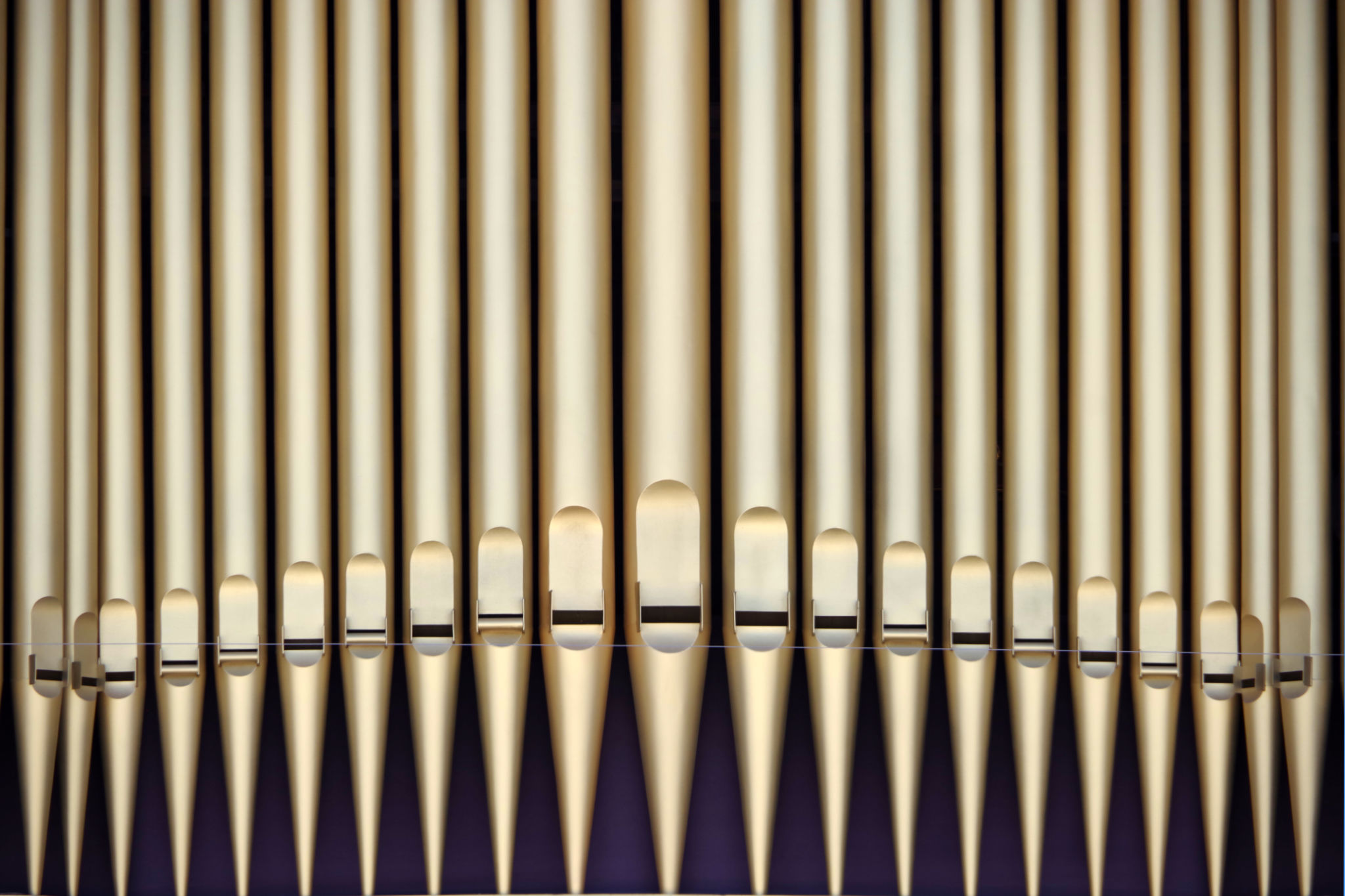How Pipe Organs are Crafted: Behind the Scenes
The Art of Pipe Organ Craftsmanship
Pipe organs are marvels of musical engineering, often found in grand cathedrals and concert halls. The process of crafting these magnificent instruments is a blend of artistry and precise engineering. Each pipe organ is unique, tailored to its environment and the acoustics of the space it will fill with sound.
The creation of a pipe organ begins with an intricate design phase. Craftsmen must consider the architecture of the building where the organ will be placed, ensuring that the instrument complements its surroundings both visually and acoustically. This phase involves close collaboration between architects, designers, and musicians to achieve the perfect balance.

Selecting Quality Materials
The materials used in pipe organ construction are critical to the quality of the sound produced. Wood, metal, and leather are meticulously selected for their acoustic properties and durability. The choice of wood, for instance, can greatly influence the tonal quality of the organ. High-quality woods like oak or mahogany are often used for their resonance.
Metal is another essential material, primarily used in the construction of the pipes themselves. Different metals can produce varying tonal effects, with tin and lead being popular choices. Craftsmen must carefully balance these metals to achieve the desired sound.

The Intricacies of Pipe Construction
Each pipe in an organ is handcrafted to produce a specific pitch. The length, diameter, and material of a pipe all play a role in determining its sound. Craftsmen must have a deep understanding of acoustics to ensure that each pipe is perfectly tuned. This process requires patience and precision, as even minor variations can impact the overall harmony.
Pipes are usually constructed in sets, known as ranks, that correspond to different musical registers. The assembly of these ranks into an organ is an art form in itself, requiring careful organization to ensure seamless integration into the instrument.

Assembling the Organ
Once all components are crafted, they are assembled into the organ case. The case serves not only as a protective housing but also as an acoustic amplifier. Its design is often ornate, reflecting the cultural and historical context of the organ's location. The assembly process involves precise alignment and installation of thousands of parts, from pipes and keyboards to pedals and wind chests.
The final step in assembling a pipe organ is voicing. This involves fine-tuning each pipe to ensure it produces the correct pitch and blends harmoniously with other pipes. Voicing is an incredibly detailed process that requires a skilled ear and immense patience.
The Role of Technology
While traditional craftsmanship remains at the heart of pipe organ construction, modern technology has introduced new possibilities. Computer-aided design (CAD) software enables craftsmen to visualize complex designs before construction begins, allowing for greater precision and creativity.
Additionally, advances in materials science have led to the development of new alloys and synthetic materials that can enhance the durability and performance of pipe organs. These innovations ensure that modern pipe organs can stand the test of time while delivering exceptional sound quality.

The Enduring Legacy of Pipe Organs
Pipe organs continue to captivate audiences with their majestic sounds and intricate designs. The craftsmanship involved in their creation is a testament to human ingenuity and artistic expression. As these instruments fill sacred spaces with music, they remind us of the rich traditions that have shaped our cultural heritage.
Whether played during solemn ceremonies or grand concerts, pipe organs remain unparalleled in their ability to evoke emotion and inspire awe. Their enduring appeal lies in the meticulous craft behind each note, a harmonious blend of tradition and innovation.
